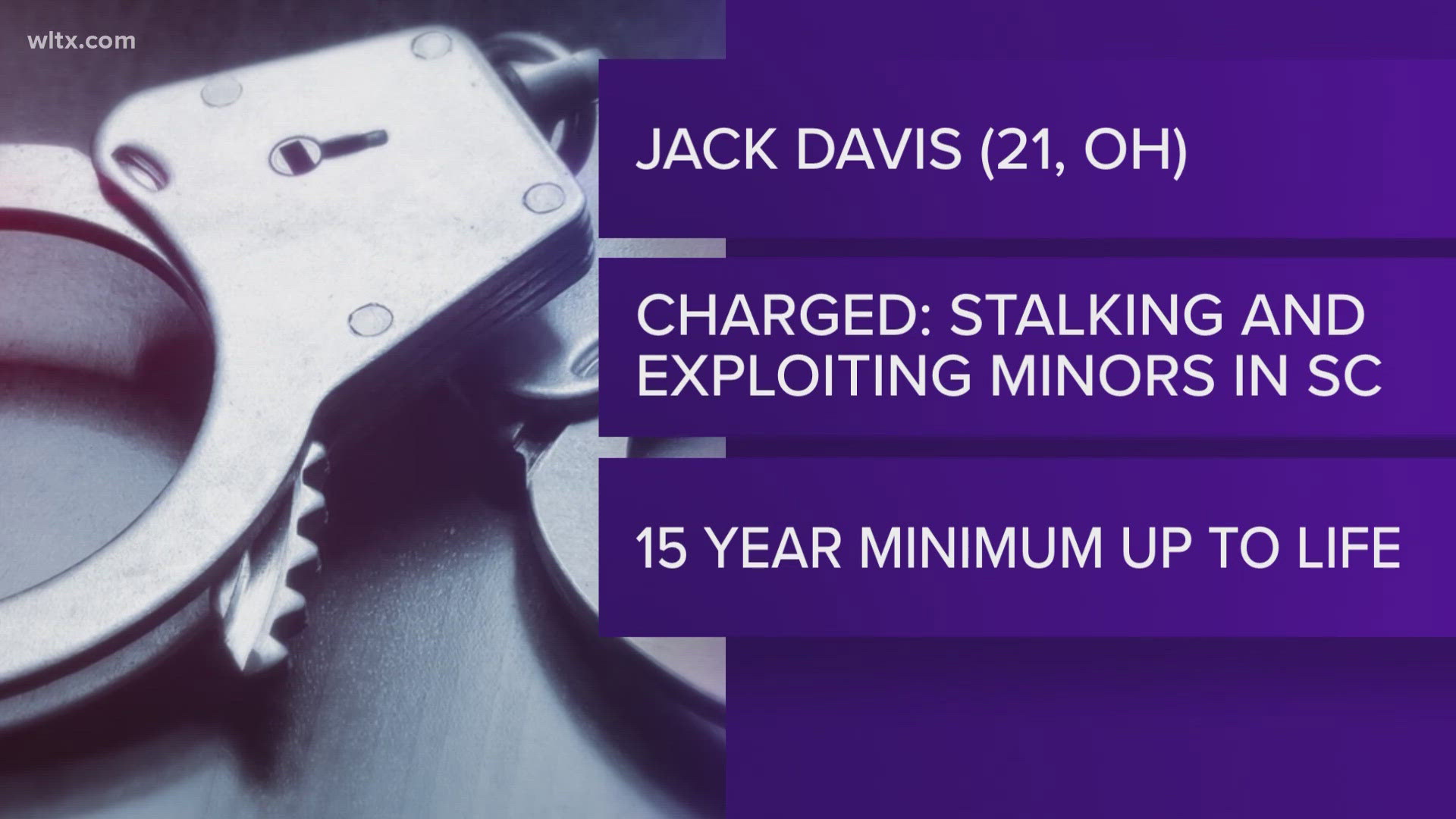NEW ORLEANS — Texas A&M coach Jimbo Fisher calls them erasers.
After the missed assignment that leads to third-and-long, it's time for an offense to break out its eraser: That athletic receiver with dunk-contest hops and the ability to seemingly go from zero-to-60 in three steps. The player who is open even when he is covered.
“They erase your mistakes,” Fisher said.
There will be several erasers on the field during the College Football Playoff championship game between No. 1 LSU (14-0) and No. 3 Clemson (14-0) on Monday night.
LSU's Ja'Marr Chase won the Bilentikoff Award as the nation's best receiver. At 6-foot-1, he is the shortest of the Tigers' top three pass catchers alongside 6-3 Justin Jefferson and 6-4 Terrace Marshall Jr.
Heisman Trophy winner Joe Burrow has thrown 55 touchdown passes this season, 48 to those three players.
Clemson's top-receiver is Tee Higgins, a 6-4 junior who averages 19.9 yards per catch with 13 touchdowns. He and his running mate — sophomore Justyn Ross, who is also 6-4 — give the Atlantic Coast Conference champions their own twin towers.
The increased emphasis on the passing game has given rise to a Golden Age of wide receivers. Good teams have at least one. And the very best teams usually have multiple pass-catchers who are some combination of too big, too strong or too fast to be contained by one defender.
“The game has become run the ball, bring the safeties down, and then you've got to win the one-on-ones outside,” North Carolina coach Mack Brown said.
The game-changing receiver has been an essential part of Clemson's rise to a college football superpower under Dabo Swinney, the former wide receivers coach who has led the Tigers to two national titles in the last three years.
The first wave of stars included DeAndre Hopkins, Sammy Watkins and Martavis Bryant. Clemson's first national championship team in 2016 featured the 6-4, 220-pound Mike Williams, selected seventh overall in the NFL draft by the Chargers.
Last year's championship team featured Higgins and Ross, who was Clemson's other breakout freshman CFP star, teaming up with quarterback Trevor Lawrence for 301 yards and three touchdowns on 12 connections in two postseason games.
Behind Higgins and Ross on the depth chart are freshmen Frank Ladson Jr. (6-3, 195) and Joseph Ngata (6-3, 215).
“You go back and look at our big wins this time of year, they've come because our quarterback and receivers have played extremely well, and winning a lot of those one-on-one matchups," said Clemson co-offensive coordinator and receivers coach Jeff Scott, who has already been hired as South Florida's next head coach.
To find the next great receiver, recruiters might want to check basketball courts.
“Basketball has trickled over into football and you know those guys that maybe not be great basketball players, now become excellent football players because of their height and their length,” Clemson defensive backs coach Mike Reed said.
Higgins and Chase both said they had hoop dreams before realizing football was where they could dominate. They say some of the skills are transferable.
Chase said the quick feet it takes to break down a defender off the dribble is similar to what receivers need to get away from defensive backs in press coverage at the line of scrimmage.
“You get open with your route running,” LSU receivers coach Mickey Joseph said. “Get to the top of your route, speeding up your feet, coming out of your break.”
Higgins said he has a sweet jump shot and can also finish at the rim. Those jump balls and fades that have become so common in football are not much different than going up for rebound.
“Just me being able to box out a DB and go up there for a 50-50 ball and coming down with the catch is like rebounding the basketball,” Higgins said.
Brown said for Clemson 50-50 balls are really 80-20 in the Tigers' favor.
Maybe the biggest advantage offenses have with these gifted receivers is the most obvious.
“Your tall corners are 6-1, 6-2 at max and your receivers now are 6-4, 6-5,” Brown said.
Stud receivers seem to be everywhere while lock-down corners are hard to find.
One reason is the rules favor offense. It is difficult for defensive backs to get physical in coverage without drawing a flag. The best receivers are usually good to draw at least one 5-yard holding foul or 15-yard pass interference per game.
A second: Scoring touchdowns is more fun than trying to prevent them.
“As any little kid, you want to be the guy with the ball in your hands,” Reed said.
Higgins, if he enters the NFL draft, is likely to be one of the first receivers taken from a loaded class that includes Jefferson, Oklahoma's CeeDee Lamb, Colorado's Laviska Shenault Jr., Penn State's K.J. Hamler and Alabama teammates Jerry Jeudy and Henry Ruggs III.
And with players such as Chase, Ross and Marshall returning for next season there are plenty more erasers ready to fill any void.
► Get breaking news from your neighborhood delivered directly to you by downloading the new FREE WWL-TV News app now in the IOS App Store or Google Play.



